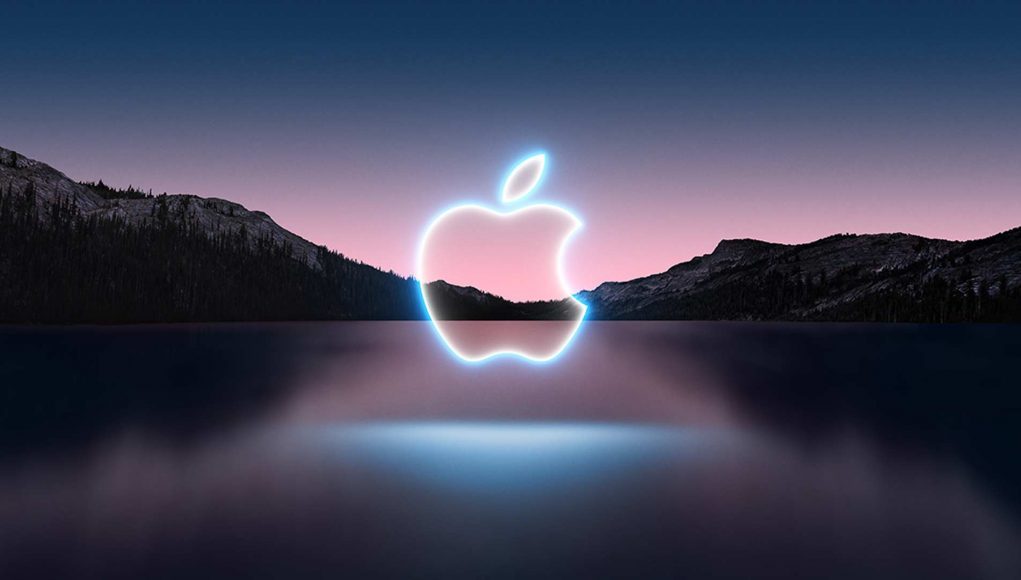Apple’s long-awaited mixed reality headset is still deep under wraps, although recent reports have not only shed what appears to be new light on some of the features coming to the fruit company’s first AR/VR headset, but also a possible unveiling window and naming scheme. On the flipside, it also now appears Apple may be delaying its plans for a full AR device, which were allegedly planned as a follow-up to the company’s MR headset.
According to a Bloomberg report, Apple is putting its plans to release a full AR headset on hold, as the company is allegedly planning what is described as a “lower-cost version” of its MR headset first—stipulated to arrive sometime in 2024 or early 2025. Its first MR headset, which reportedly will cost around $3,000, is said to arrive sometime this year.
Citing people familiar with internal deliberations, Apple’s 1,000-person Technology Development Group dedicated to AR/VR is focused on the first two mixed reality headsets now, however the company still maintains teams dedicated to technology that would go into standalone AR glasses.
A fresh Bloomberg report maintains Apple’s upcoming MR headset is set to be unveiled ahead of the company’s World Wide Developer Conference in June. The report maintains the name is likely Reality Pro, and is slated to ship sometime in Fall of 2023.
Bloomberg says the device is already in the hands of “a small number of high-profile software developers for testing,” which will allow them to get started on third-party apps. The device’s operating system, currently code named ‘Borealis’, will be publicly named xrOS. The original article, which includes reported specs and features, follows below:
Reported Apple MR Specs
- Resolution: Dual Micro OLED displays at 4K resolution (per eye)
- FOV: 120-degrees, similar to Valve Index
- Chipset: Two 5nm chips. Includes a main SoC (CPU, GPU, and memory) and a dedicated image signal processor (ISP). Chips communicate via a custom streaming codec to combat latency.
- Battery: Waist-mounted battery, connected via MagSafe-like power cable to the headset’s headband. Two-hour max battery life, although hotswappable for longer sessions.
- Passthrough: ISP chip contains custom high-bandwidth memory made by SK Hynix, providing low latency color passthrough
- Audio: H2 chip, providing ultra-low latency connection with the second-generation AirPods Pro and future AirPods models. No 3.5mm and possible no support for non-AirPod BT headphones.
- Controller: Apple is said to favor hand-tracking and voice recognition to control the headset, but it has tested a “wand” and a “finger thimble” as alternative control input methods.
- Prescription Lenses: Magnetically attachable custom prescription lenses for glasses-wearers.
- IPD Adjustment: Automatic, motorized adjustment to match the wearer’s interpupillary distance.
- Eye Tracking: At least one camera per-eye for things like avatar presence and foveated rendering
- Face & Body Tracking: More than a dozen cameras and sensors capture both facial expressions and body movements, including the user’s legs.
- Room Tracking: Both short- and long-range LiDAR scanners to map surfaces and distances in three dimensions.
- App Compatibility: Said to have the ability to run existing iOS apps in 2D.
Then there are some design rumors, which don’t fit so well into our fantasy spec sheet. The Information says it has reconfirmed these previously reported rumors.
Design Rumors
- Outer Shell: Aluminum, glass, and carbon fiber to reduce its size and weight. Cameras are largely concealed for aesthetic reasons.
- Presence Displays: Outward-facing display can show user’s facial expressions and also presumably eye movements. Said to be an always-on display similar in latency and power draw of Apple Watch or iPhone 14 Pro.
- Dedicated Passthrough Switch: Digital Crown-like dial on its right side to switch between VR and passthrough.
- Headstrap: Various available, including consumer-focused headstrap similar in material to Apple Watch sport bands with built-in speakers. Unspecified, but different headstrap targeted at developers.
Apple supplier Pegatron is said to have already assembled “thousands of prototype units of the headset” over the course of 2022 at its Shanghai-based facility.
According to four people with knowledge of the matter, The Information reports that Apple could price its MR headset around $3,000 or more depending on its configuration.
The report maintains the headset was initially supposed to launch in 2022, although by now it’s clear it’s obviously been delayed. A previous Bloomberg report alleged this was due to “overheating, cameras and software” having been stumbling blocks along the way to launch.







